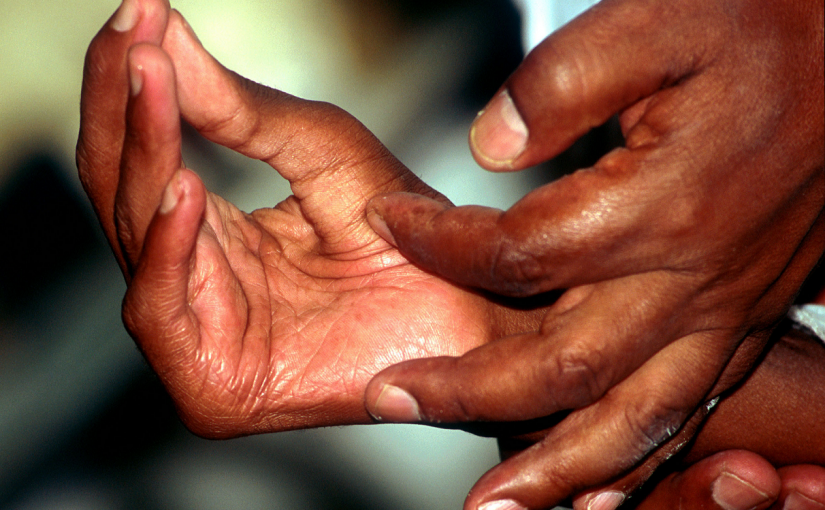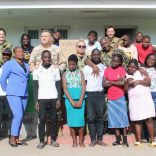Honorary consul of Mozambique in Munich pledges support for Namiteca school rehabilitation during ...
Over1,300 cases of leprosy diagnosed last year in Mozambique

WHO (File photo)
Although leprosy was declared as no longer constituting a public health problem in Mozambique in 2008, pockets of the disease continue to occur, and last year 1,364 new cases were diagnosed.
Speaking at a meeting in Maputo on Friday to mark World Leprosy Day, the National Director of Public Health, Francisco Mbofana, said that 415 of the new cases were among children. In 585 cases (half of them children), the victims were already suffering from the deformities caused by the disease.
Mbofana expressed concern that the number of cases of leprosy among children meant that the disease remained active in communities, but was going undiagnosed and untreated.
“The most serious thing is that often patients appear for the first time at heath units already suffering from second degree deformities, where mutilations of their fingers and toes are evident”, he said.
In 2008, the World Health Organisation (WHO) declared leprosy defeated in Mozambique. This did not mean that every last case had been eliminated, but that the disease was no longer a public health concern.
However pockets of the disease still exist, and may even be on the rise. Between 2015 and 2016 the number of districts recording more than one case per 10,000 inhabitants rose from 23 to 34, particularly in the central and northern province
Nonetheless, there have been significant advances. Up until 2000, Mozambique was one of the six countries in the world most affected by leprosy (the others were Brazil, India, Madagascar, Tanzania and Nepal. These six countries accounted for about 90 per cent of the leprosy cases in the world.
But, by 2008 the fight against the disease had succeeded in bringing the prevalence of the disease down to less than one in 10,000 inhabitants, the level at which the WHO considers the disease no longer a public health problem.
“The reduction of the weight of the disease in communities does not mean it has been eradicated”, said Mbofana, “and so efforts are still under way today for the diagnosis and early treatment of all cases, in an attempt to avoid complications”.
Diagnosis is simple, and anyone with a clear, painless patch on his or her skin should go to the nearest health unit, where an examination will check whether it is leprosy. Treatment is free of charge and takes between six and 12 months on an out-patient basis. Patients will only require hospitalisation if they have left diagnosis late, and are suffering from complications, the most common of which are mutilations to the extremities, such as fingers and toes.












Leave a Reply
Be the First to Comment!
You must be logged in to post a comment.
You must be logged in to post a comment.